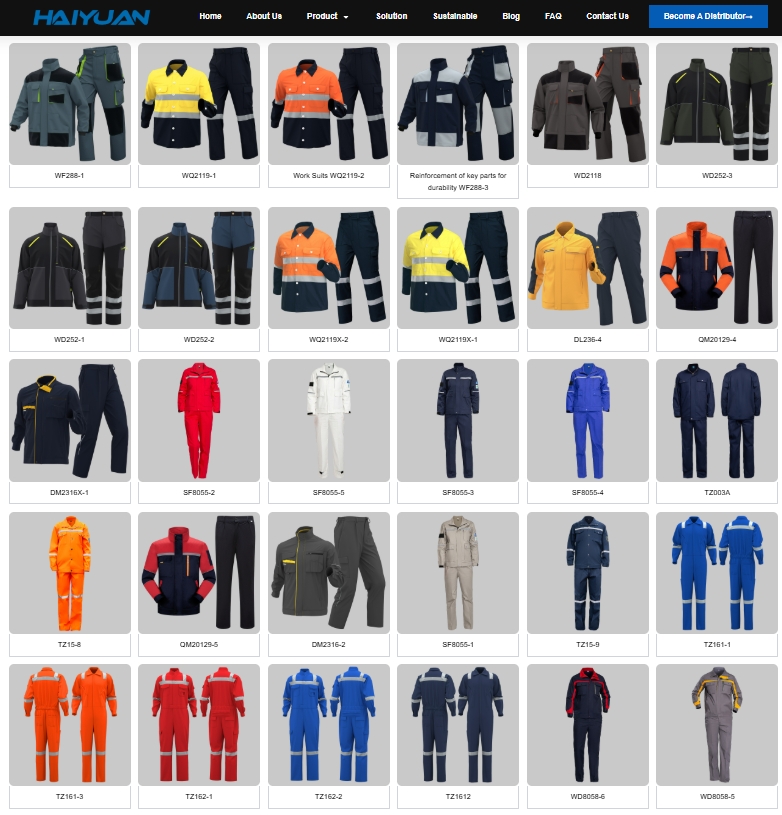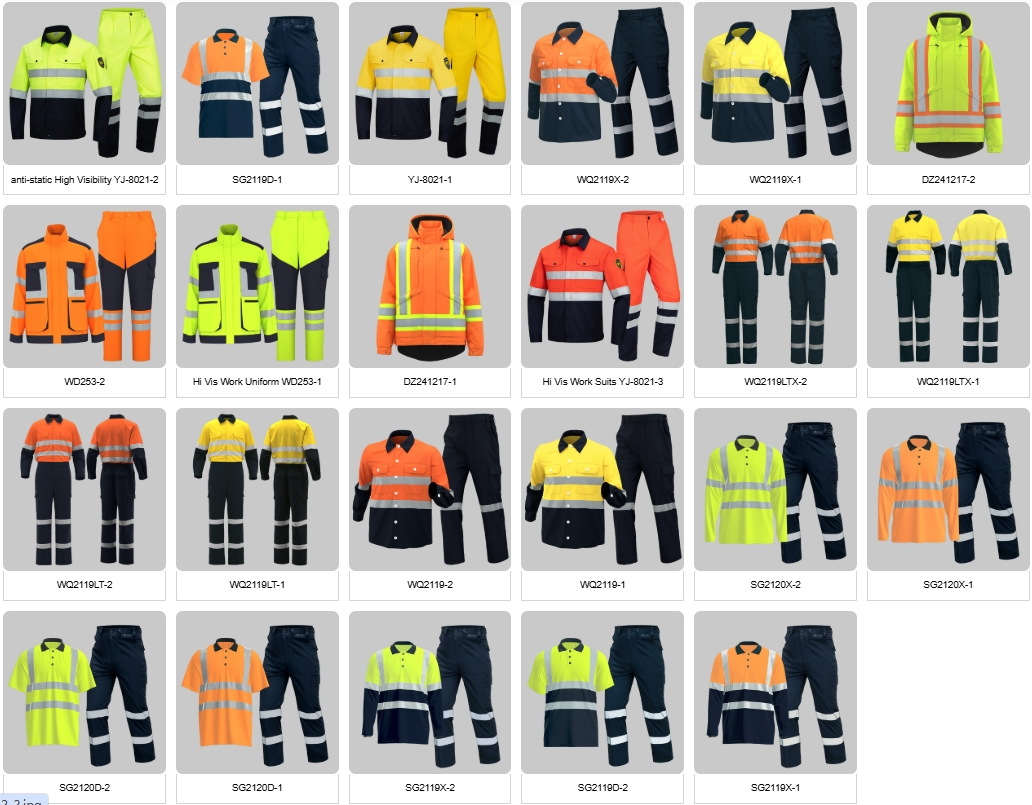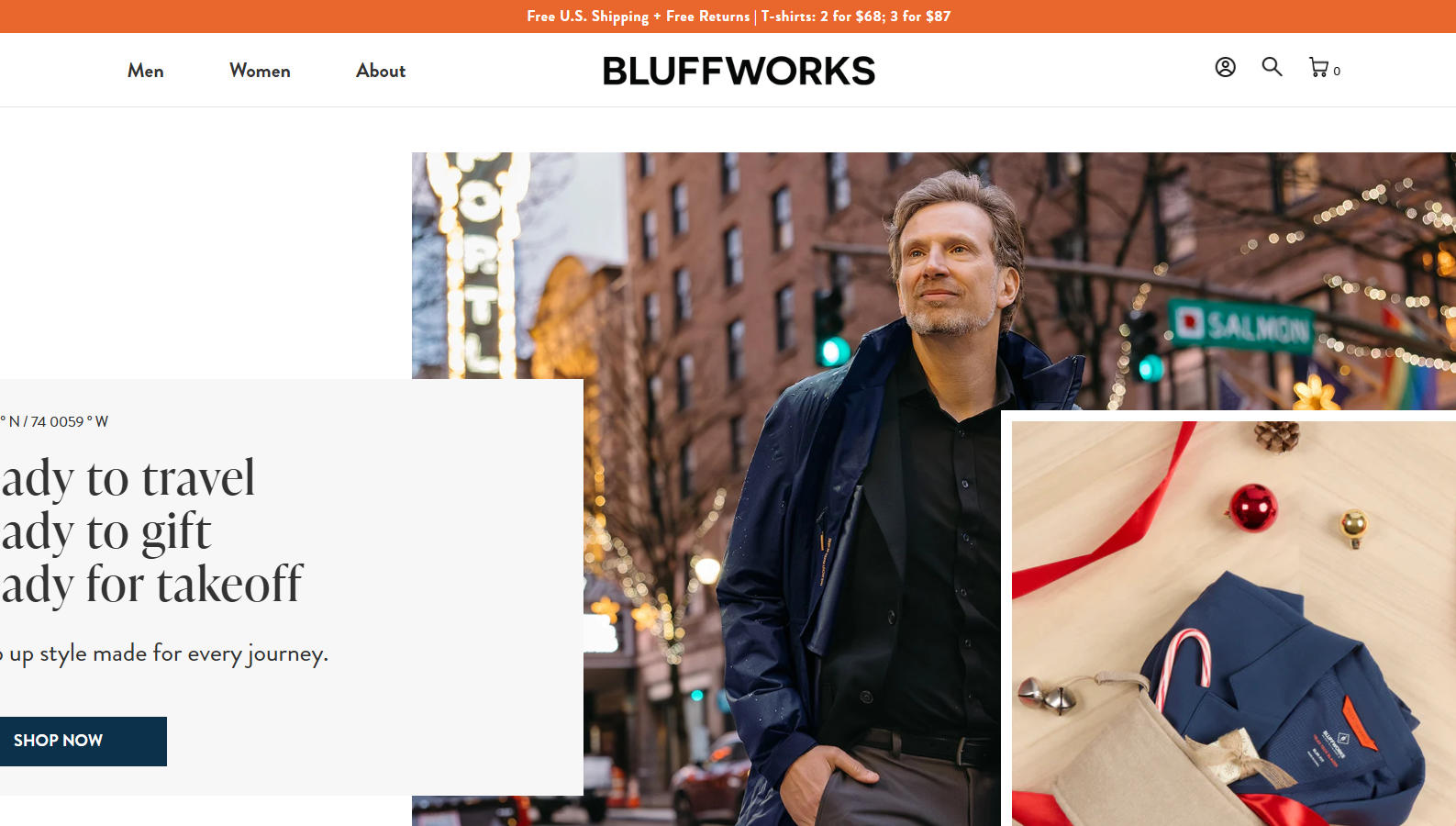This is a very common and practical business operation. Here’s a comprehensive breakdown of what this Tajik company is doing, including the process, key considerations, challenges, and tips for success.
Overview of the Business Model
A Tajik company is acting as an intermediary or a B2B supplier by sourcing a customized product (work uniforms) from a global manufacturing hub (China) for the local Tajik market or specific business clients.
Why this model makes sense:
-
Cost-Effectiveness: Chinese manufacturers offer competitive prices due to economies of scale.
-
Customization: Chinese factories are highly flexible and experienced in producing custom-made items with logos, specific colors, and designs.
-
Variety of Fabrics: Access to a vast range of fabric types suitable for different industries (corporate, hospitality, industrial, medical).
-
Quality: Ability to find manufacturers that produce at various quality levels to match the target market’s price point.
The Step-by-Step Import Process
Here is the typical journey from idea to delivery:
Phase 1: Sourcing and Planning (in Tajikistan)
-
Client Order & Design: The Tajik company secures an order from a local business (e.g., a hotel, factory, or bank). They finalize the uniform design, fabric type, color, and logo details.
-
Find a Supplier: They search for a reliable manufacturer in China. This can be done via:
-
B2B Platforms: Alibaba, Made-in-China.com, Global Sources.
-
Trade Shows: Attending events like the Canton Fair.
-
Sourcing Agents: Hiring an agent in China to find and vet factories.
-
-
Request Quotations (RFQ): They send detailed inquiries to multiple suppliers to compare prices, MOQs (Minimum Order Quantity), and terms.

work-uniform-suits
Phase 2: Negotiation and Production (Communication with China)
4. Sample Production: Before placing a large order, they request a prototype or sample. This is a critical step to check quality, fit, color accuracy, and logo printing/embroidery.
5. Finalize Contract: Once the sample is approved, they negotiate the final price, payment terms (e.g., 30% deposit, 70% before shipment), production timeline, and quality standards. A Proforma Invoice (PI) is issued and agreed upon.
6. Production: The Chinese factory begins mass production. The Tajik company should request periodic updates and photos (“progress reports”) to ensure everything is on track.
Phase 3: Logistics and Import (Getting the Goods to Tajikistan)
7. Quality Control: It’s highly advisable to conduct a pre-shipment inspection, either by their own representative or a third-party inspection company, to check the final goods against the approved sample.
8. Shipping and Logistics: This is a complex but crucial part. The Tajik company must decide on:
* Incoterms: Who is responsible for cost and risk at each stage? Common terms are FOB (Free on Board) or EXW (Ex Works) for smaller businesses, and CIF (Cost, Insurance, and Freight) for simplicity.
* Transport Mode:
* Sea Freight: Most cost-effective for large volumes. The goods would likely travel to a port like Bandar Abbas (Iran) or Baku (Azerbaijan) and then be transported overland to Tajikistan.
* Air Freight: Faster but much more expensive. Suitable for small, urgent orders.
* Rail Freight: A good middle-ground option via the China-Europe railway, which has connections through Central Asia.
9. Customs Clearance in Tajikistan: The Tajik company must handle import customs. This requires:
* Essential Documents: Commercial Invoice, Packing List, Bill of Lading/Air Waybill, and Certificate of Origin.
* Customs Broker: It is highly recommended to hire a local customs broker to manage the declaration process, calculate and pay duties and taxes, and ensure compliance with Tajik regulations.
Key Challenges and Considerations
-
Language and Communication: Clear communication is vital. Using simple English, diagrams, and photos helps. A bilingual agent can be invaluable.
-
Logistics Complexity: Tajikistan is a landlocked country. Overland transport from Chinese or other seaports can be slow and subject to geopolitical and administrative delays. Choosing an experienced freight forwarder is essential.
-
Quality Risk: The biggest risk is receiving poor-quality goods that don’t match the sample. Mitigate this with a thorough sample approval process and pre-shipment inspections.
-
MOQs (Minimum Order Quantity): Chinese factories often have high MOQs. The Tajik company must either find clients with large enough orders or find factories that accept smaller runs (which may have a higher per-unit cost).
-
Payment Security: Sending a large deposit to an unknown supplier is risky. Using secure payment methods like Letter of Credit (L/C) or escrow services (via Alibaba) can provide protection.
-
Import Duties and Taxes: The company must be fully aware of the customs duties, VAT, and any other taxes imposed by Tajikistan on imported textiles/clothing to correctly price their products.
Tips for Success
-
Build Strong Relationships: Find 1-2 reliable factories in China and build a long-term partnership. This leads to better service and priority treatment.
-
Invest in a Good Sample: Never skip the sampling stage. The cost of a sample is insignificant compared to the cost of a failed large order.
-
Understand the Local Market: Know what fabrics and styles are preferred in Tajikistan (e.g., considering climate, cultural preferences, and industry standards).
-
Plan for Logistics Early: Factor in shipping times and costs from the very beginning when quoting prices to your clients. Delays are common.
-
Legal Structure: Ensure the company is properly registered for import/export activities in Tajikistan and has the necessary licenses.
This import model, while involving several steps, can be a very profitable and sustainable business for a Tajik company, supplying a necessary product to the growing commercial and industrial sectors in the country.
For some insightful reads, we’ve curated a list of recommended articles just for you:
- How do I find a product manufacturer in China?
- How to find cheap manufacturers in China? A guide to avoid pitfalls
- How to complete your first purchase of workwear in China safely and efficiently
- Custom uniforms for Small business
- Choosing the Best Industrial Work Suit
- Ultimate Guide: Best Wholesale Work Clothes in China
- Cut & Sew Customization
- Logo Customize Clonthing Manufacturer
- Labour Uniform manufacturer
- Labor clothing uniform for sale
- Working clothes china wholesale
Can’t find what you’re looking for? Feel free to contact us. We’re here to help 24/7.
Useful links:





